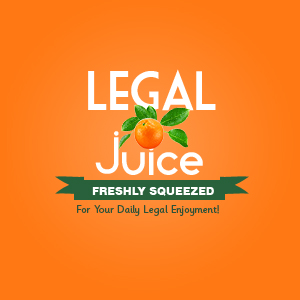Clever:
Clever is being intelligent without being condescending and using humor without being obnoxious. Clever products can be delightful and pleasing. Websites I find somewhat clever are Grooveshark.com and Last.fm, free music streaming sites where music is uploaded by users to be shared; the sites also recommend new music to users based on their interests.
Appropriate:
Different cultures and audiences will react to things differently. Designers wouldn't use the same technique to design a child's toy as they would a military communication design. In the same sense a website targeting kids would be approached differently than adults.
Smart:
Products need to be smart to do things for us that we have trouble doing; detecting patterns, memorizing things, performing calculations. For example, your cell phone can store more phone numbers than you can remember, so you don't have to. Another example is a GPS system that not only tells you where the closest gas stations are, but lists their prices so you can find the cheapest gas nearby.
Responsive:
The product should give some sign that the action was 'heard,' such as an hourglass or loading bar to let us know somethings responding. Responsiveness should be characterized by four levels: Immediate, Stammer, Interruption, Disruption. Responsiveness makes users feel understood. It's important that shopping sites be responsive, otherwise users may become impatient and hit buttons more than once causing unwanted purchases, or in other cases a wanted item may not have been purchased at all even if the button was hit.
Trustworthy:
A site or product needs to be trustworthy in order for users to more deeply examine, interact, or purchase a product. In particular shopping website should be especially trustworthy and safe to not jeopardize the personal and financial information of it's users.
Ludic:
Refers to playful design. It doesn't necessarily mean game or toy design, but often users that seek out new products would like to try them first. The user must feel relaxed and there should be a lack of serious consequences. Many software products offer free trials, so you can test drive before you buy. It allows a user to 'play' around and discover all the product has to offer before they commit to a purchase.
Pleasurable:
If a product or service isn't pleasurable users aren't likely to use it unless absolutely necessary. A product should be pleasurable both aesthetically and functionally. Users are more likely to be forgiving of mistakes if a product is aesthetically pleasing. Websites that feature interesting loading pages are more likely to keep the interest of the user. It helps to pass the time, they may not even realize the page takes so long to load if something is there to keep their interest while doing so.
Monday, February 6, 2012
The Laws of Interaction Design:
The Laws of Interaction Design:
Moore's : Every two years, the number of transistors on integrated circuits will double.
Fitts' The time it takes to move from a starting position to a final target is determined by two factors: the distance to the target and the size of the target.
Hick's :The time it takes a user to make decisions is determined by the number of choices they have.
Migic Number Seven: The human mind is best able to remember information in chunks of seven ( + or – 2).
Tesler's : Some complexity is inherent to every process. There is a point beyond which you can’t simplify a process any further. You can only move the inherent complexity from one place to another.
Poka-Yoke: Mistake proofing. Avoid inadvertent errors.
Direct and Indirect Manipulation:process in which, by selecting a digital object with a finger or with a mouse we can then do something to the object.
Feedback and Feedforward: knowing what will happen before you perform an action.
Moore's : Every two years, the number of transistors on integrated circuits will double.

Fitts' The time it takes to move from a starting position to a final target is determined by two factors: the distance to the target and the size of the target.
Hick's :The time it takes a user to make decisions is determined by the number of choices they have.

Migic Number Seven: The human mind is best able to remember information in chunks of seven ( + or – 2).
Tesler's : Some complexity is inherent to every process. There is a point beyond which you can’t simplify a process any further. You can only move the inherent complexity from one place to another.
Poka-Yoke: Mistake proofing. Avoid inadvertent errors.

Direct and Indirect Manipulation:process in which, by selecting a digital object with a finger or with a mouse we can then do something to the object.
Feedback and Feedforward: knowing what will happen before you perform an action.
Subscribe to:
Posts (Atom)